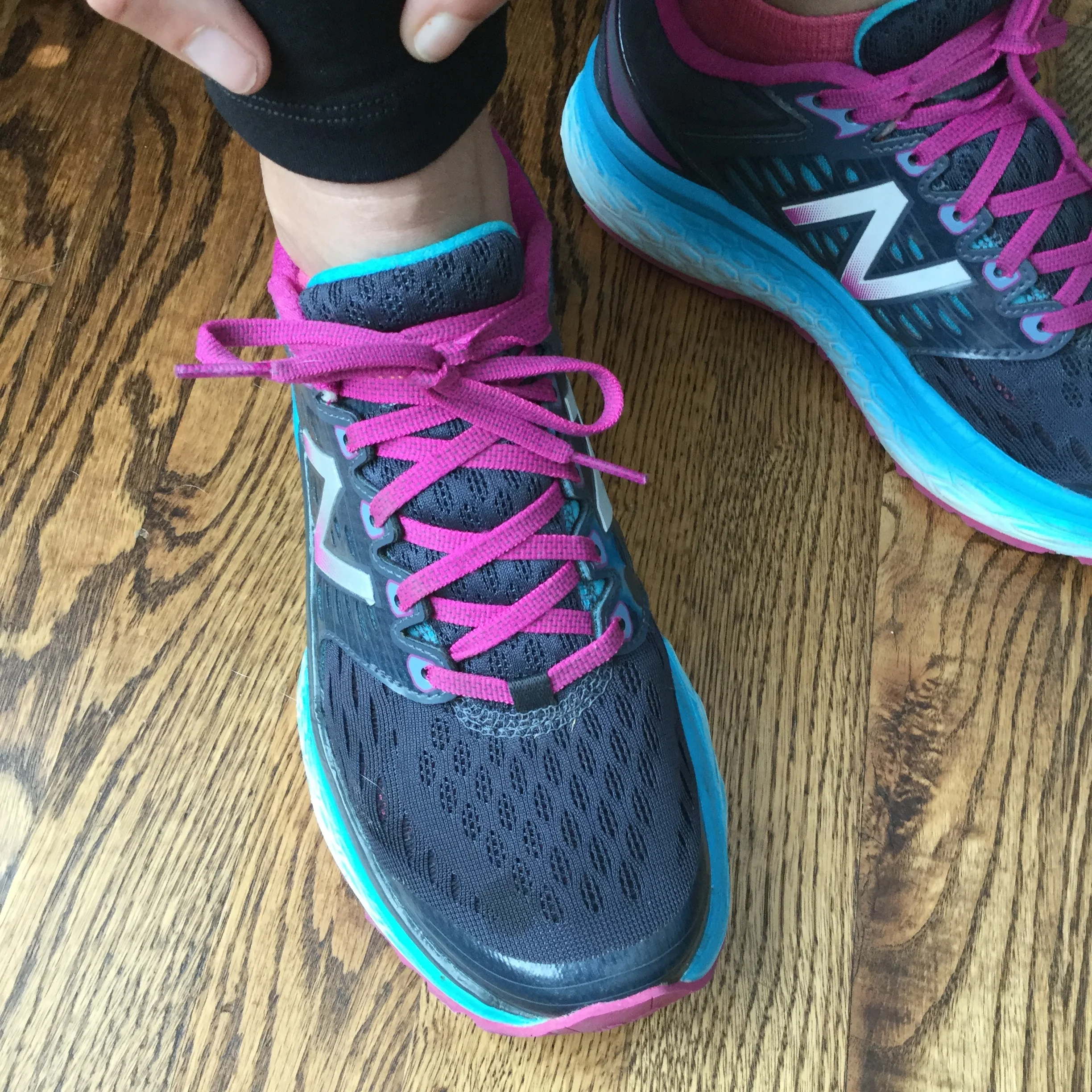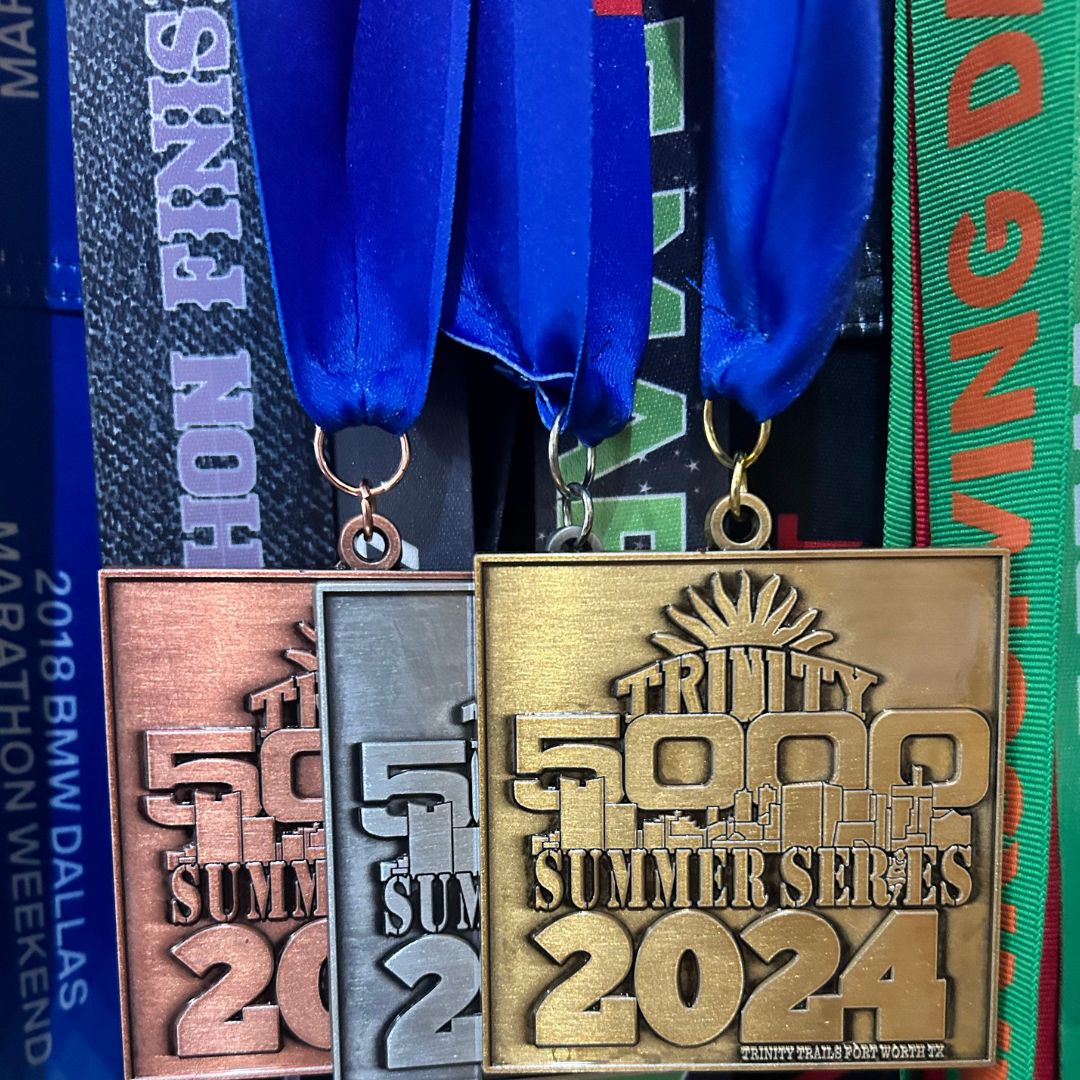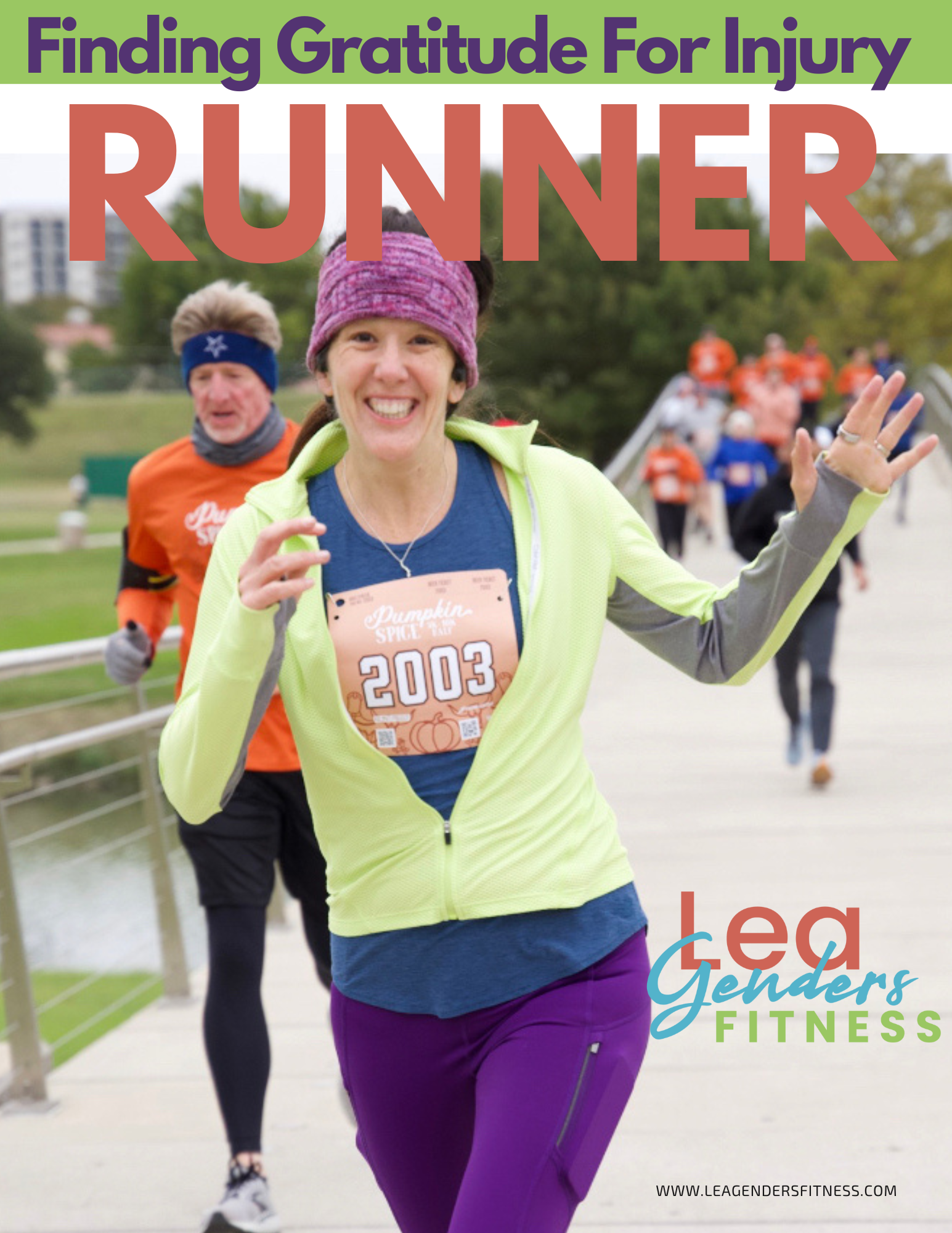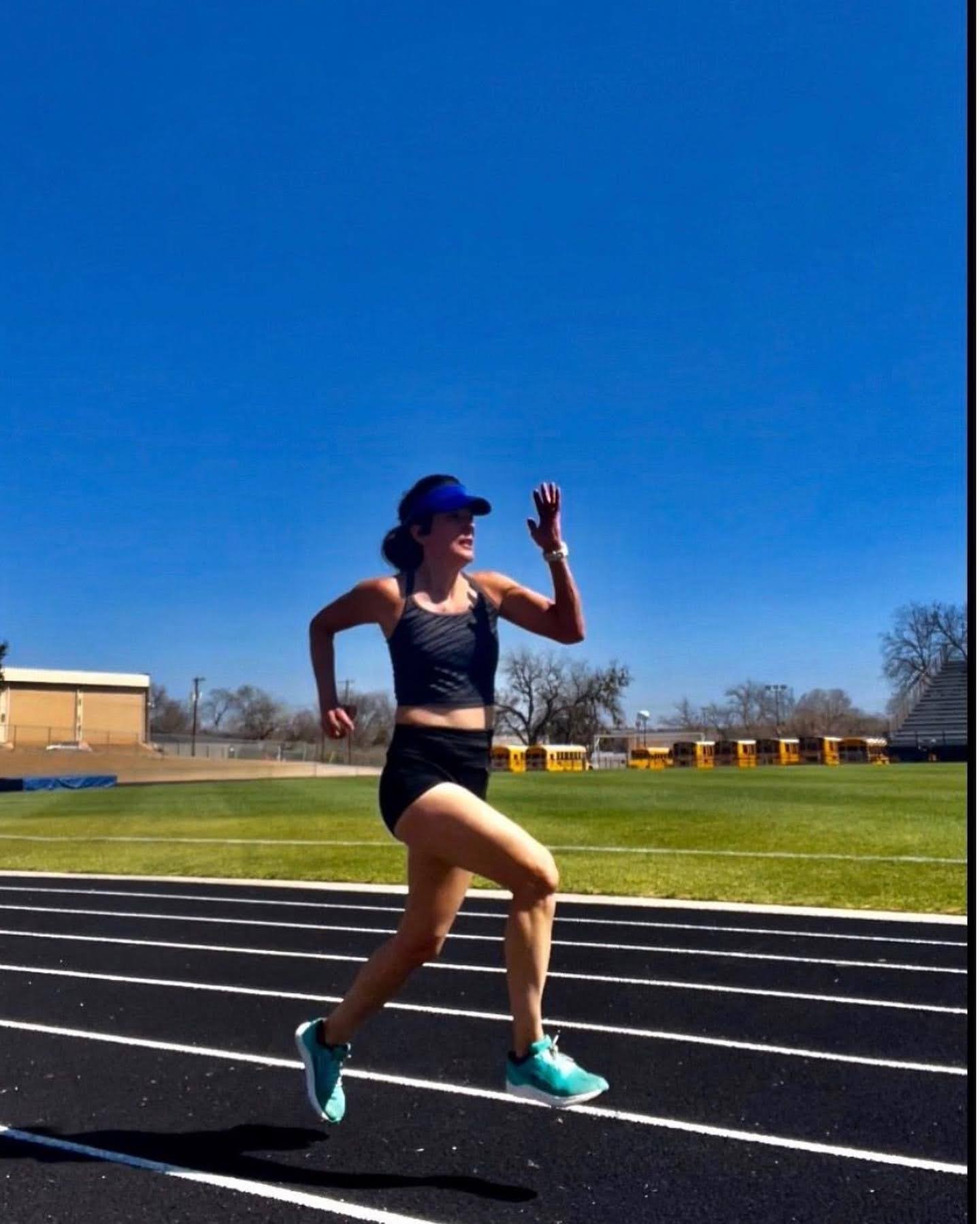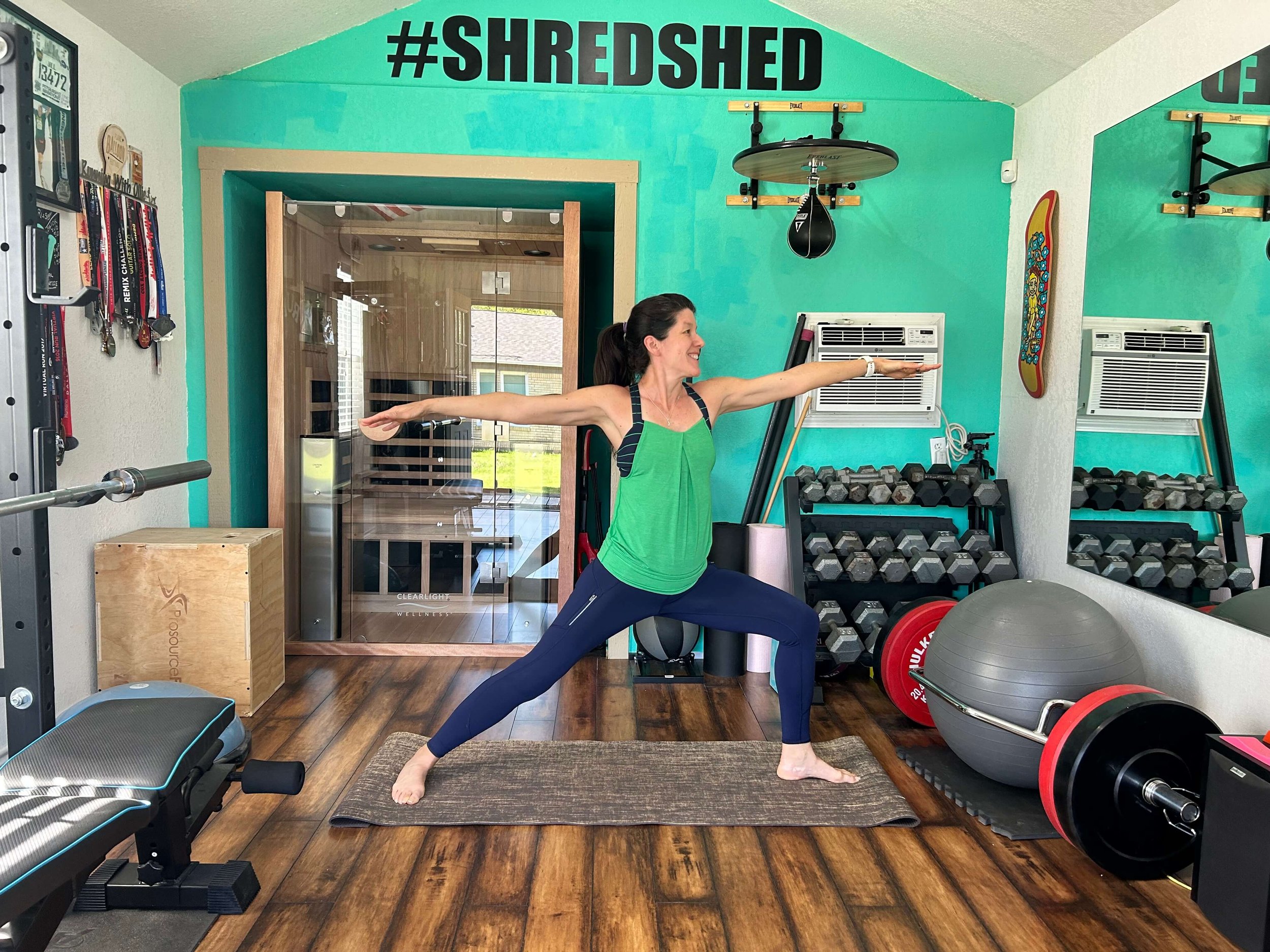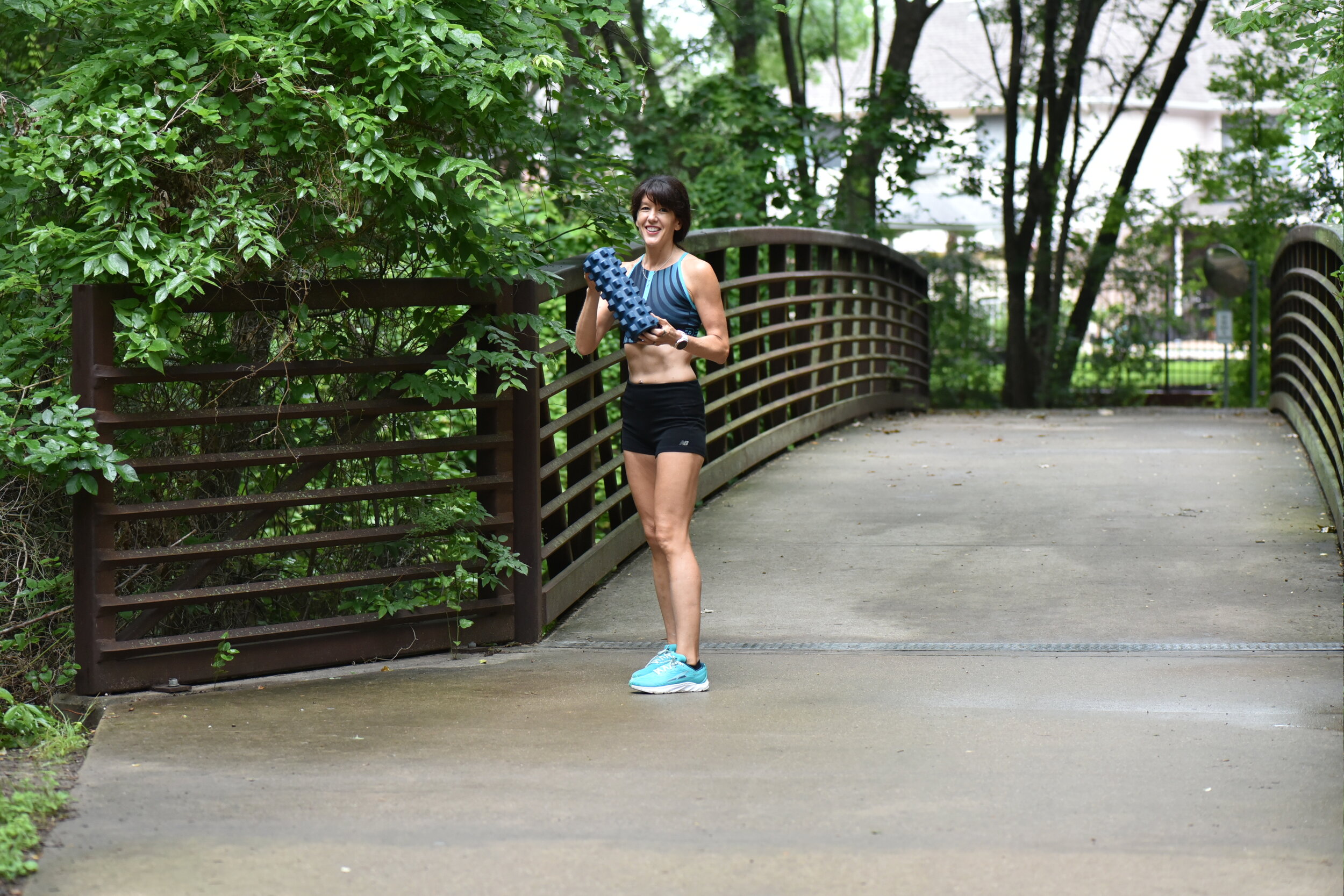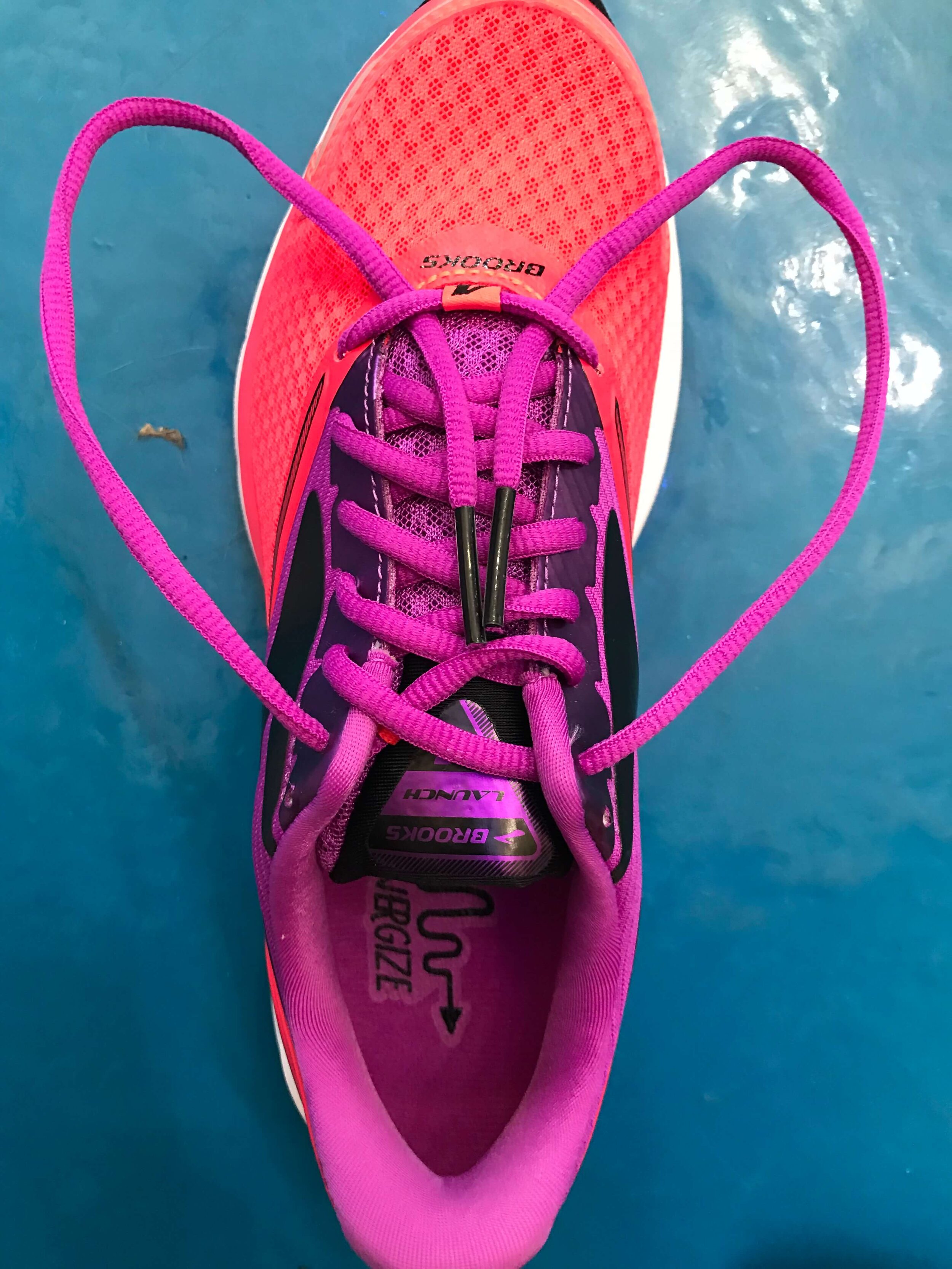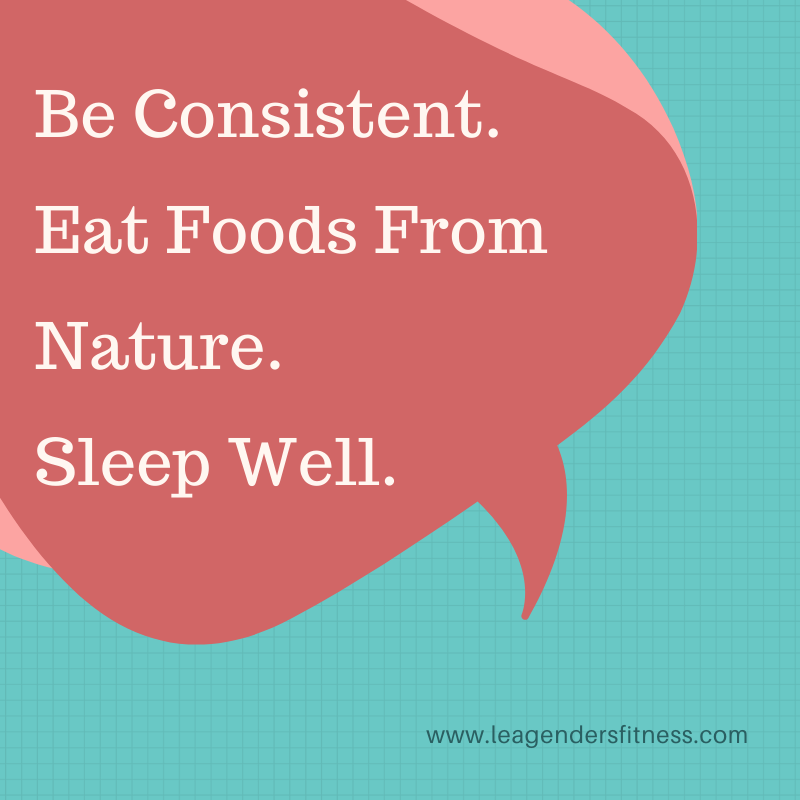Hi, Friends. Welcome to another edition of my blog series Running A-to-Z where I cover a running-related topic covering the order of the alphabet. I know I've been saying this each week lately, but where has the alphabet gone? These past 24 weeks just flew by and I can't believe this fun little series is coming to a close. It's been a great inspiration for me to find regular topics to write about but also sometimes a struggle. Some letters just didn't have natural running-related topics attached to them (like L, N and J) but I made it work. Stay with me the next couple of weeks as we close out this series. Once we're through I am going to publish the whole thing as a free e-book. If you missed any letters you can catch up on letters A-W in the archives.
In the meantime we're on letter X. X is for X-Training or cross-training. Cross-training is essential for runners. It means doing other types of workouts besides running that will improve and enhance your overall fitness and help you reach your goals.
STRENGTH TRAINING
I built my whole business around the notion that runners need to strength train, which is a great form of cross-training for runners.
Running is no-doubt a great exercise. It is fantastic for weight loss or weight maintenance. It builds cardiovascular endurance, not to mention strong quads and calves, but if all that you do is run, it can leave you a little unbalanced in your fitness. Since running moves in just one plane of motion (the sagittal plane, forward/backward) you need to do other workouts to build strength for lateral movements to prevent muscle imbalances. The types of strength workouts that runners should do are completely different than a bodybuilder's workout. A bench press is a chest exercise that probably won't make you a better runner. A push up, also a chest exercise but works your entire core, is a much better exercise for a runner to improve strength. Runners should pay particular attention to core/hip strength. This will help you become a better runner and help prevent injury. Check out my workout archives for a variety of strength training workouts to try.
YOGA
I love Yoga for runners. The right type of Yoga is the perfect balance (see what I did there?) of strength training and stretching, both important for runners. A "Yoga for Runners" search on You-Tube produces a lot of quick and effective Yoga sequences for runners. I choose gentle Yoga workouts that are mostly stretching and do them on my active-recovery days or after a run.
BIKING/SWIMMING
Both biking and swimming are great low-impact cardio exercises. They are good for when your body needs a break from the impact of running, but you still want to keep up your cardiovascular fitness. Generally speaking if you want to be a better runner, then you should run more. No one ever became a better runner by biking (they became a better biker) but sometimes your body needs a break and these exercises are both great ways to build and maintain fitness when you're not running.
EXERCISE CLASSES
Maybe I am a little biased because I teach a bootcamp twice a week but I think group exercise classes are a great way to squeeze in some cross-training. A boot camp combines strength and cardio in a full body workout with a boost of motivation from a certified trainer. The group dynamic can make you push harder and have a lot more fun.
Do you cross-train? What's your favorite form of cross-training? If you can find a couple days a week to squeeze in some cross-training you'll see great strides in running improvements.
Like this post? It helps me when you share.
I am a NASM personal trainer and RRCA adult distance running coach that specializes in strength training for runners. I offer in-person training in the Shredshed, online training and Fit to Run bootcamps. If you are interested in a more in-depth running or strength training plan, please contact me. Have questions? I'd love to help.
While I am a certified personal trainer, I am not your personal trainer. Since I don't know your exercise abilities, injury background or medical history, please see your doctor before beginning any new exercise program. This is an opinion blog. No information in this blog is intended to be taken as medical advice or prescription. Please see your doctor and/or registered dietitian for any health concerns.











